Student Achievement Data
College of Medicine
The College of Medicine includes the MD and MPH programs as well as joint MD/PHD and MD/MPH programs.
MD program Graduation Competencies and Educational Program Objectives
Upstate Medical University developed the Graduation Competencies and Educational Program Objectives (GCEPOs) to be used as the basis for all courses and clerkships.
These objectives for the medical education program serve as statements of what students are expected to learn or accomplish during the course of medical school at Upstate. They are statements of the items of knowledge, skills, behaviors, and attitudes that medical students are expected to exhibit as evidence of their achievement and as a basis for the next stage of their training. They are the Graduation Competencies and Educational Program Objectives (GCEPOs)
Source: College of Medicine Curriculum Office webpage
MPH program Core Competencies and Learning Outcomes
The Council of Education for Public Health (CEPH) is the independent agency recognized by the US Department of Education to accredit graduate schools of public health and certain public health programs outside of the schools of public health.
Based on recommendations from CEPH, the MPH Program has developed the MPH Competencies and Learning Outcomes.
Source: MPH Program webpage
MD Program
MPH Program
The MPH degree program accommodates both the full-and-part-time students. Full-time students can complete the degree in 24 months while the part-time study plan allows the student up to five years to complete the degree.

Data source: SUNY Upstate Registrar’s Office
Data interpretation & display: SUNY Upstate Office of Evaluation, Assessment and Research
MD/MPH

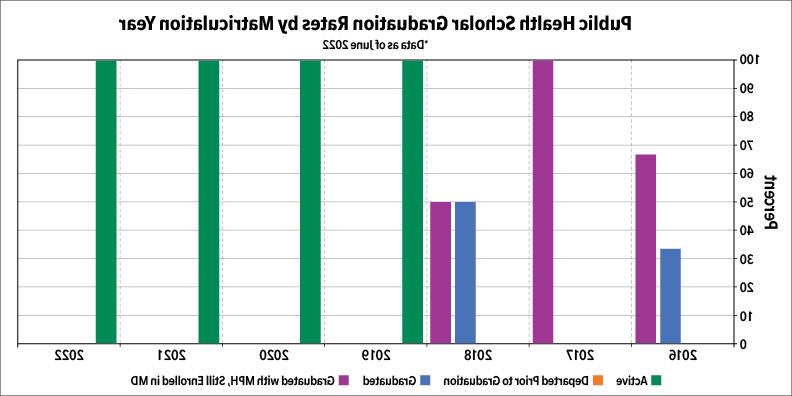
MD/PHD
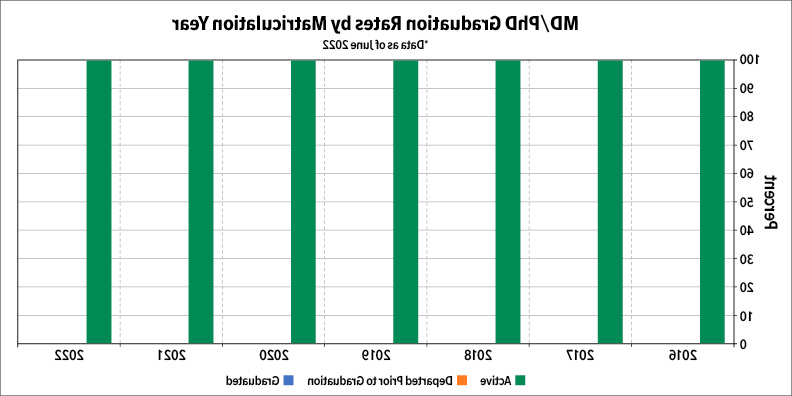
USMLE Step 1
Step 1 assesses whether you understand and can apply important concepts of the sciences basic to the practice of medicine, with special emphasis on principles and mechanisms underlying health, disease, and modes of therapy.
Step 1 ensures mastery of not only the sciences that provide a foundation for the safe and competent practice of medicine in the present, but also the scientific principles required for maintenance of competence through lifelong learning. Step 1 is constructed according to an integrated content outline that organizes basic science material along two dimensions: system and process.
(Description source: USMLE Step 1)
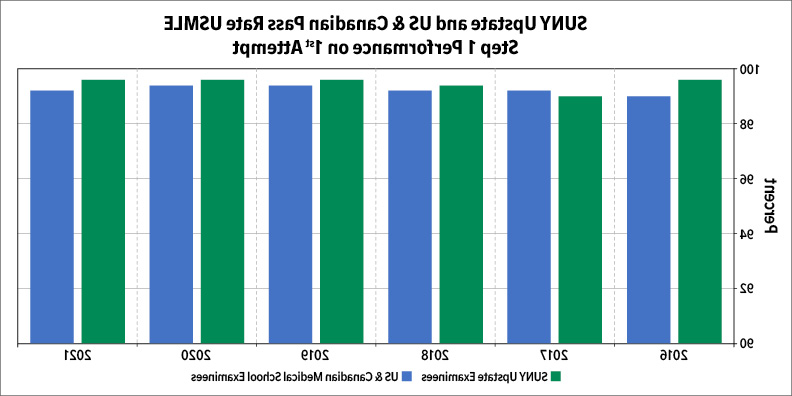
Data source: USMLE
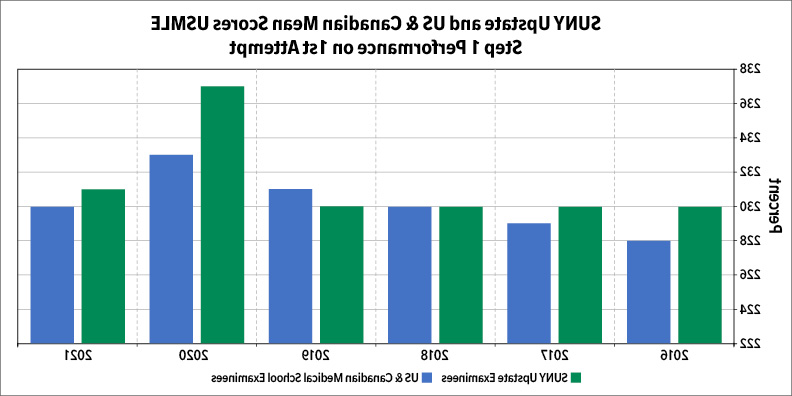
USMLE Step 2 CK
Step 2 assesses whether you can apply medical knowledge, skills, and understanding of clinical science essential for the provision of patient care under supervision and includes emphasis on health promotion and disease prevention.
Step 2 ensures that due attention is devoted to principles of clinical sciences and basic patient-centered skills that provide the foundation for the safe and competent practice of medicine.
Step 2 CK is constructed according to an integrated content outline that organizes clinical science material along two dimensions: physician task and disease category.
Source: USMLE Step 2 CK
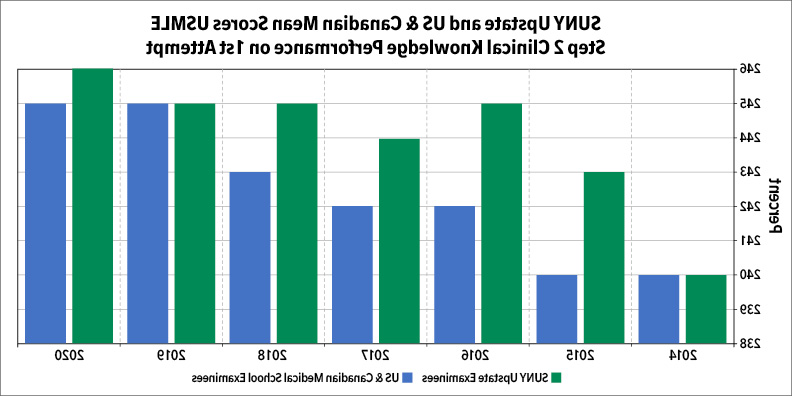
Data source: USMLE
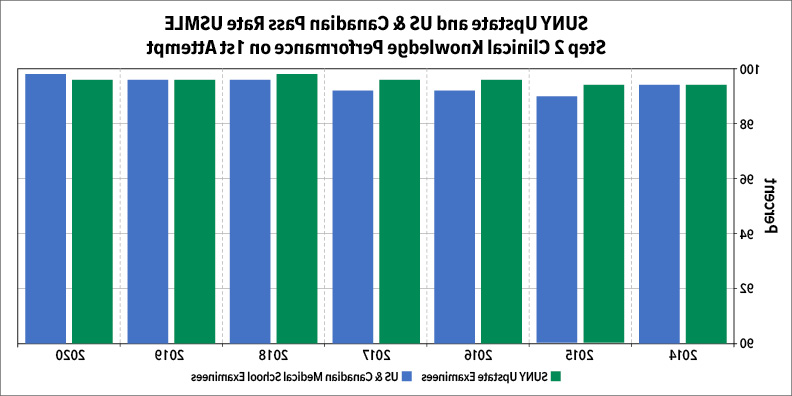
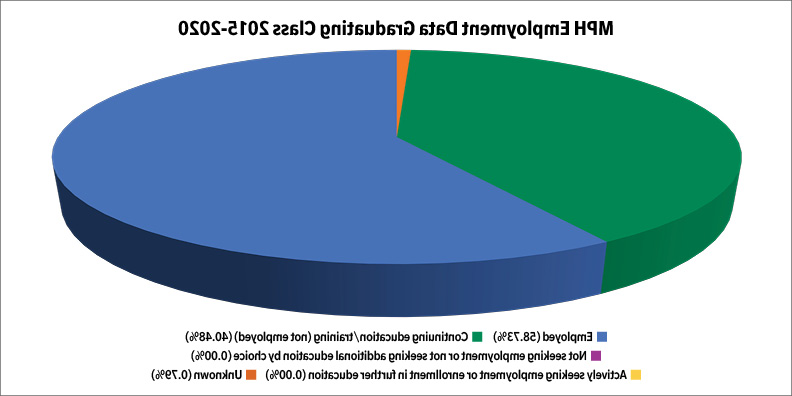
Data source: MPH Program exit surveys and ongoing data collection

